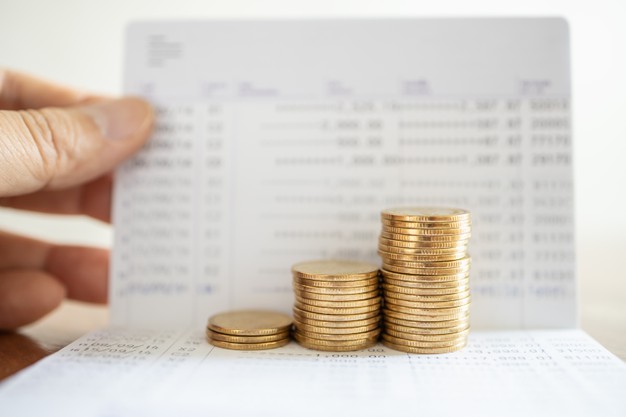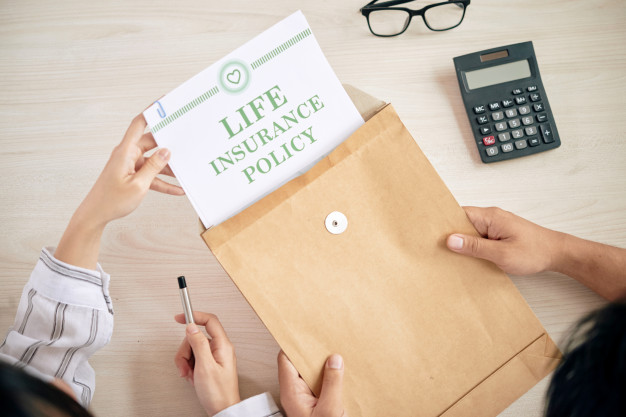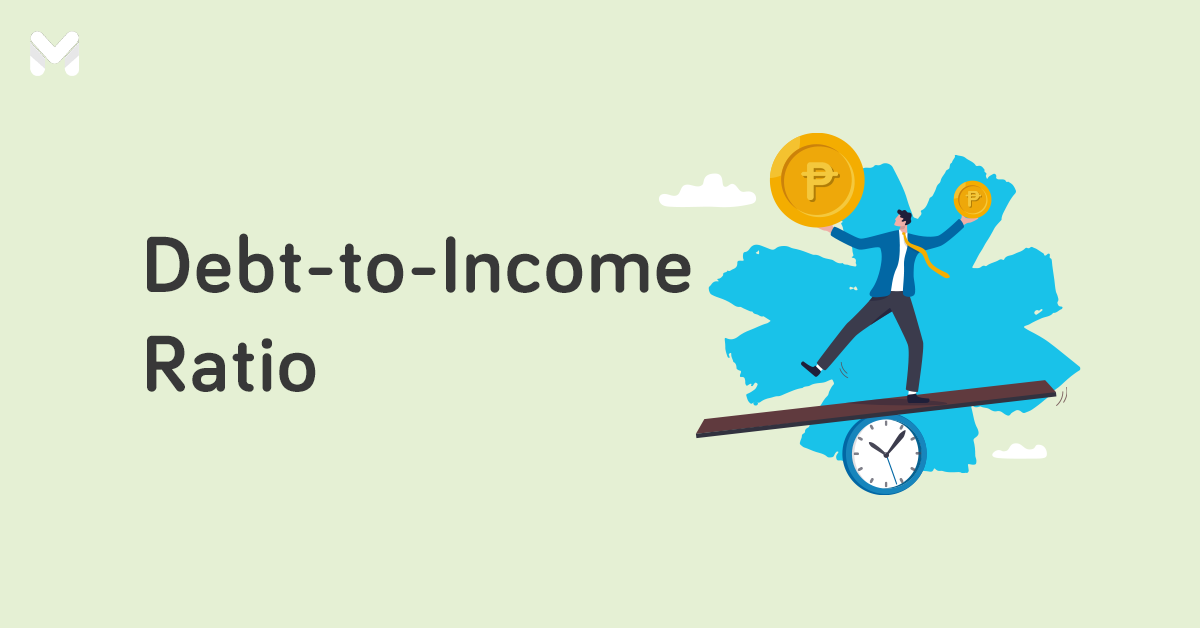You might already know why an emergency fund is important. The next thing you should learn is where to put your emergency fund.
What are the best and worst places to put your emergency fund? There are many convenient and liquid savings options that also offer high interest rates. But are they really the best place to put your emergency fund? Read on to find out where to put your emergency fund in the Philippines.
Where to Put an Emergency Fund in the Philippines: Some Things to Consider
When the time comes you need to access your emergency fund, you shouldn't have a hard time withdrawing money from it. Make sure that wherever you put your money, it won't be locked in for a certain period.
Consider liquidity when choosing a place to keep your emergency cash, so you can get your money quickly and easily without paying any penalty fees and charges. If there’s a major breakdown in your house late at night, you should be able to get money from your emergency fund first thing in the morning.
It would be good, too, if your emergency fund can earn interest, even if it's just a small percentage. If you save a significant amount, then you can earn a good amount over time as well.
Lastly, opt for zero to minimal fees. If you’re going to let your money sit in a savings account, consider the monthly maintenance fees that can accumulate and chip away at your emergency fund.
Read more: Build Financial Freedom: How to Start an Emergency Fund
Where to Put Your Emergency Fund in 2022? 3 Best Places to Consider
Wondering "Where should I put my emergency fund?" The rule of thumb is to store your emergency fund separately from your regular savings or checking account. It should be less accessible, so you won’t easily feel tempted to spend it. At the same time, it shouldn't be too inaccessible that you can’t use it in an emergency.
If you want to know where to put an emergency fund in the Philippines, here are your best options.
✔️ High-Yield Savings Account

A high-yield savings account is a type of savings account that earns much higher interest rates than those tied to their traditional counterparts. It’s easily accessible, which makes it good for emergencies. Even if the earnings are modest, you can still earn from your cash savings while enjoying safe and convenient access to your money anytime.
You can easily open a high-yield savings account online through digital banks or traditional banks, whichever is more convenient for you.
Why Keep Your Emergency Fund in a High-Yield Savings Account
- It's very liquid. You can withdraw cash from your account easily when there’s an emergency.
- You get more competitive interest rates for your deposit.
- It's separate from your regular savings or checking account.
- Your money is safe because your deposit is insured by the Philippine Deposit Insurance Commission (PDIC).[1] This means you can make a claim on your deposit should the bank close down.
Disadvantages of Putting Your Emergency Fund in a High-Yield Savings Account
- If you’re planning on boosting your emergency fund, a high-yield savings account is not the best option to grow your wealth for the long term.
- Because your money is easily accessible, it also means you can quickly access your funds even for non-emergency purposes.
Best High-Yield Savings Accounts You Can Open Today
There are quite a few options available for high-yield savings accounts in the Philippines. Here are some of them:
1. Tonik Bank Stash Account
- Interest rate: 4% (Solo Stash) / 4.50% (Group Stash)
- Initial deposit: Not required
- Maintaining balance: None
- Interest-earning balance: None
2. DiskarTech Savings Account
- Interest rate: Up to 3.25%
- Initial deposit: Not required
- Maintaining balance: None
- Interest-earning balance: None
3. CIMB GSave Account
- Interest rate: Up to 2.6%
- Initial deposit: Not required
- Maintaining balance: None
- Interest-earning balance: None
4. CIMB Bank UpSave Account
- Interest rate: Up to 2.5%
- Initial deposit: Not required
- Maintaining balance: None
- Interest-earning balance: None
Read more: 40 Money-Saving Tips for Everyone: The Ultimate Financial Hacks List
✔️ Money Market Fund

A money market fund is a low-risk, short-term mutual fund that’s safe and highly liquid, making it a good option for your emergency fund.
This is also a good option if you’ve already saved up more than enough for emergencies and want to earn from it while keeping it somewhere safe and accessible.
In the Philippines, there are many money market fund options available that offer no sales load, short holding periods, and low management fees.
Why Keep Your Emergency Fund in Money Market Funds
- They offer stability and security.
- Money market funds are also highly liquid, just like a bank account
- This type of fund is invested in diverse instruments, which reduces risk.
Disadvantages of Putting Your Emergency Fund in Money Market Funds
- There may be charges and fees when you withdraw your money.
- Since it’s an investment fund, there’s still a chance of losing your capital even if it’s one of the least risky investments around.
Best Money Market Funds You Can Open Today
Most banks and financial institutions offer money market funds. You can take advantage of their offerings depending on how much and how long you want to invest your money.
Note: Data accurate as of October 25, 2022.
1. Sun Life Prosperity Peso Starter Fund
- Minimum investment: ₱100
- Minimum subsequent investment: ₱100
- Minimum holding period: 7 days
- Management and distribution fee: 0.25%
- Early redemption fee: 0.25%
- Launch date: July 1, 2004
2. Land Bank Money Market Fund
- Minimum investment: ₱5,000
- Minimum subsequent investment: ₱1,000
- Minimum holding period: 7 days
- Custodianship fee: None
- Early redemption fee: 25% but not less than ₱500
- Launch date: March 27, 2012
3. China Bank Money Market Fund
- Minimum investment: ₱5,000
- Minimum subsequent investment: ₱1,000
- Minimum holding period: 3 days
- Early redemption fee: 1%
- Launch date: February 20, 2009
4. Rizal Peso Money Market Fund
- Minimum investment: ₱5,000
- Minimum subsequent investment: ₱1,000
- Minimum holding period: None
- Trust fee: 0.50% p.a.
- Launch date: March 28, 2005
5. BPI Invest Money Market Fund
- Minimum investment: ₱10,000
- Minimum subsequent investment: ₱1,000
- Minimum holding period: None
- Trust fee: 0.25% p.a.
- Launch date: August 1, 2013
Read more: 8 Signs You’ve Reached Financial Adulthood
✔️ Traditional Bank Account

If you’re not comfortable with putting your emergency fund in high-yield savings accounts or money market funds, you can always put it in a traditional savings or checking account. Chances are you’re already familiar with how to open one and how it works, so that's already a plus.
It’s very easy to open a savings or checking account. There are also plenty of options if you’re concerned about the minimum deposit or maintaining balance.
With a traditional bank account, it’s easy to start an emergency fund and keep putting in money to grow your emergency savings.
Why Keep an Emergency Fund in Traditional Bank Accounts
- They're an easy, convenient, affordable, and secure way to start and maintain an emergency fund.
- You can access your funds easily in an emergency through ATM or mobile banking.
Disadvantages of Putting Your Emergency Fund in Traditional Bank Accounts
- Your cash does not earn that much interest.
- It’s also very easy to pull funds out even when you’re not facing a true emergency.
Best Bank Accounts for Your Emergency Fund in the Philippines
Aside from the easy account opening process and requirements, there are bank accounts that also offer extra perks to customers. These can complement or boost your goal to build an emergency fund and financially protect yourself and your loved ones. The great thing is that these extras are free if you meet the bank's requirements.
1. BPI Save-Up
- Initial deposit: None
- Minimum monthly average daily balance: ₱1,000
- Required daily balance to earn interest: ₱5,000
- Interest rate p.a.: 0.0625%
- Extra perk: Free life insurance and additional accidental insurance worth five times (up to ₱2 million) your average account balance
2. Security Bank All Access Checking Account
- Initial deposit: ₱5,000
- Maintaining balance: ₱25,000
- Balance to earn interest: ₱100,000
- Interest rate p.a.: 0.0675%
- Extra perk: Life coverage up to three times your average daily balance (up to ₱3 million)
3. Maybank Save 'n Protect Savings Account
- Required daily balance to earn interest: ₱20,000
- Minimum average daily balance: ₱50,000
- Interest rate: 0.25%
- Extra perk: Free life insurance coverage (up to ₱5 million per account)
4. RCBC EWoman Savings
- Minimum initial deposit: ₱15,000
- Required average daily balance: ₱15,000
- Balance to earn interest: ₱25,000
- Interest rate: 0.15%
- Extra perk: Free life insurance coverage (three times the six-month average daily balance; maximum coverage of ₱2 million)
4 Worst Places to Keep Your Emergency Fund
With all the options available, it can get pretty overwhelming to decide where to put your emergency fund in the Philippines. But it doesn't need to be that complicated.
What can really help you narrow down your choices is knowing where not to put your emergency fund. Here are some of the places you should avoid.
❌ At Home
You’ve probably seen your grandparents keep wads of cash inside tin cans, under the mattress, or inside their aparador. You probably even know people who keep their emergency stash of cash in a secret safe or hidden in a loose floorboard in their house.
While this method gives you easy access to your money 24/7, it’s also very risky. Having a big sum of money lying around the house puts it at risk of getting lost, misplaced, stolen, or even damaged by flood or fire. One wrong move, one unforeseen circumstance, and you can easily lose all your emergency cash.
Read more: 7 Most Common Money Mistakes to Avoid in Your 20s
❌ Stock Market

How about the stock market? The potential to grow your money here is high, and you can easily access it should an emergency arise, right?
Well, not really. The main purpose of your emergency fund is to protect you during uncertain times, not to build your wealth. Putting it in a high-risk, unpredictable, and volatile investment such as the stock market increases the risk of losing your money when the market is down. You may end up selling at a loss because of your cash emergency.
It’s also not very liquid and it may take time for you to sell your investment when you need to. And what if your financial emergency happens on a weekend? You can only access your funds in your stock market account during weekdays.
While investing in the stock market is a good way to boost your savings, it’s not really the best place to keep your emergency fund.
❌ Life Insurance

The reason you get a life insurance policy is to protect your beneficiaries in case something happens to you. Should you fall ill, meet an accident, suffer a permanent disability, or die, your loved ones will receive the proceeds of your life insurance policy.
When the car breaks down or when you lose your job, your life insurance can’t pay for the repairs or the utility bills. This is why you shouldn't put your emergency fund in your life insurance.
Sure, you can make a partial withdrawal or borrow against the cash value if you have Variable Universal Life (VUL) insurance. But when the cash value of your VUL diminishes, the risk of your policy lapsing also increases. Therefore, you’re also putting the future of your beneficiaries at risk.
❌ Paluwagan
This informal collective savings arrangement is a way to save money and receive scheduled payouts. But since it operates on camaraderie, trust, and faith that no one will run away with the pooled funds, it’s not a great place to put your emergency fund.
You can vet the people who will join your paluwagan. But anyone in the group can get late with payments or not pay altogether. Once a group member becomes delinquent, everyone else’s payout schedule gets affected as well. Not only can you lose your hard-earned money, but you can also hurt your relationship with friends or family members if they're in your paluwagan group.
Final Thoughts
Knowing you’re prepared for the storms of life will give you peace of mind, especially when you safekeep some money for financial emergencies.
However, putting your emergency fund in the wrong place can cost you. It can even make a financial emergency worse. It’s important to have an emergency fund in place, but it’s equally important to consider where to put an emergency fund in the Philippines.

Source: [1] Philippine Deposit Insurance System at a Glance (PDIC website)







_CTA_Banner.png?width=751&height=219&name=Singlife_Main_KV_(Sep_2023)_CTA_Banner.png)
_1200x350.png?width=751&height=219&name=UB_PL_Generic_2_(Jan_2025)_1200x350.png)


